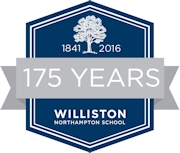
[Looking for links to the posts cited in the Spring 2017 Williston Northampton Bulletin? Please click “Ford Hall Turns 100” and “Worms.”]
Recently one of our better students asked me whether I knew of any good quotes from Samuel Williston that he could insert into a term paper. “Don’t know,” I responded. “What’s the paper about?” “Doesn’t matter,” he said; “I’ll work them in.” Suppressing my instinct to initiate a conversation about such pedantries as relevance, context, and provenance — the kid was, after all, in a hurry — I dug out a document prepared at the request of former Head of School Brian Wright back in 1991, and in reviewing it, realized that it was good blog fodder. So . . . here is Samuel Williston (the fodder of us all), in his own words.
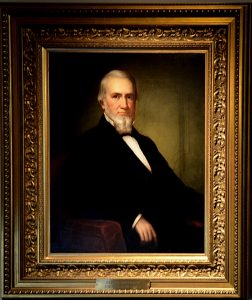 “Whereas God in His Providence has bestowed upon me a goodly portion of this world’s possessions, which I ought to use for His glory, for the dissemination of the Gospel of the blessed Redeemer, and for the greatest good of my fellow-men — and, whereas, I desire to be instrumental in promoting the cause of correct and thorough literary and Christian education, and for that purpose have lately followed an Institution which is established at Easthampton, Massachusetts, and incorporated by the name ‘Williston Seminary’ […]” Preamble, Constitution of Williston Seminary, 1845
“Whereas God in His Providence has bestowed upon me a goodly portion of this world’s possessions, which I ought to use for His glory, for the dissemination of the Gospel of the blessed Redeemer, and for the greatest good of my fellow-men — and, whereas, I desire to be instrumental in promoting the cause of correct and thorough literary and Christian education, and for that purpose have lately followed an Institution which is established at Easthampton, Massachusetts, and incorporated by the name ‘Williston Seminary’ […]” Preamble, Constitution of Williston Seminary, 1845
(Williston founded his Seminary in 1841, but it took him four more years to publish his thoughts about what he was attempting. See “The Constitution of Williston Seminary” for more detail.)
“Believing, that the image and glory of an all-wise and holy God are most brightly reflected in the knowledge and holiness of his rational creatures, and that the best interests of our country, the church, and the world are all involved in the intelligence, virtue, and piety of the rising generation; desiring also, if possible, to bring into existence some permanent agency, that shall live, when I am dead, and extend my usefulness to remote ages, I have thought I could in no other way more effectually serve God or my fellow-men, than by devoting a portion of the property which he has given me, to the establishment and ample endowment of an Institution, for the intellectual, moral and religious education of youth.” Continue reading


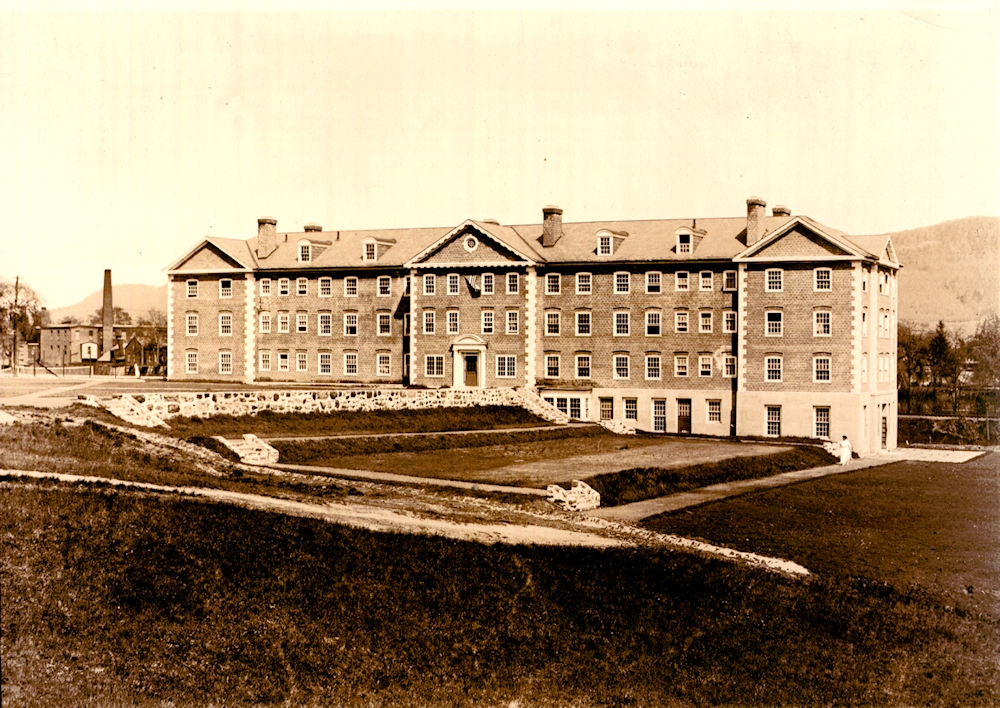
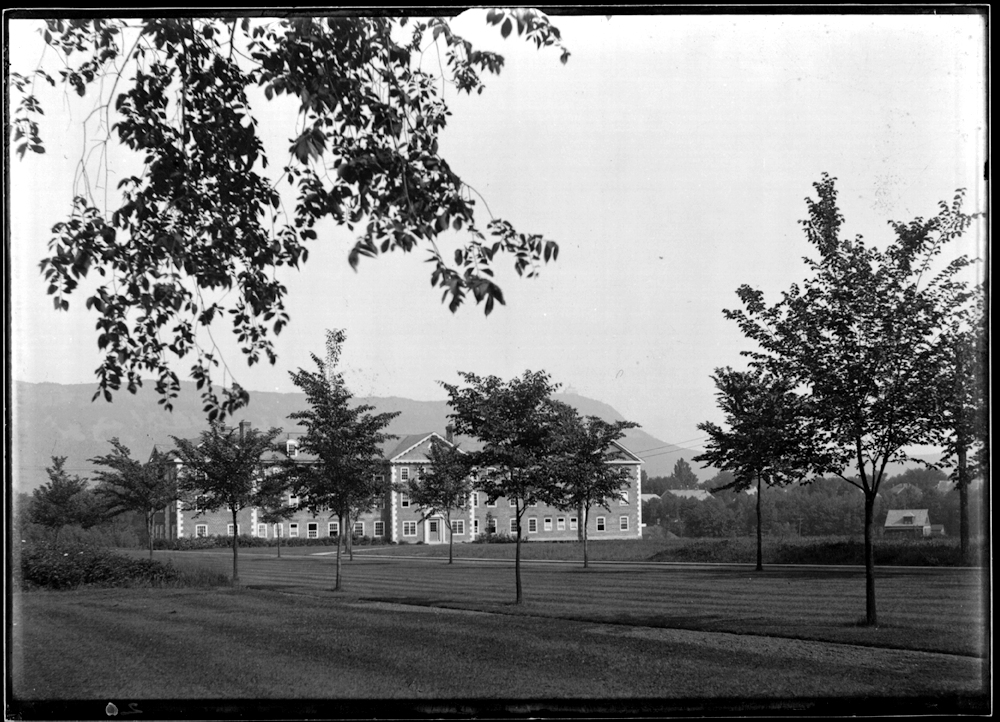
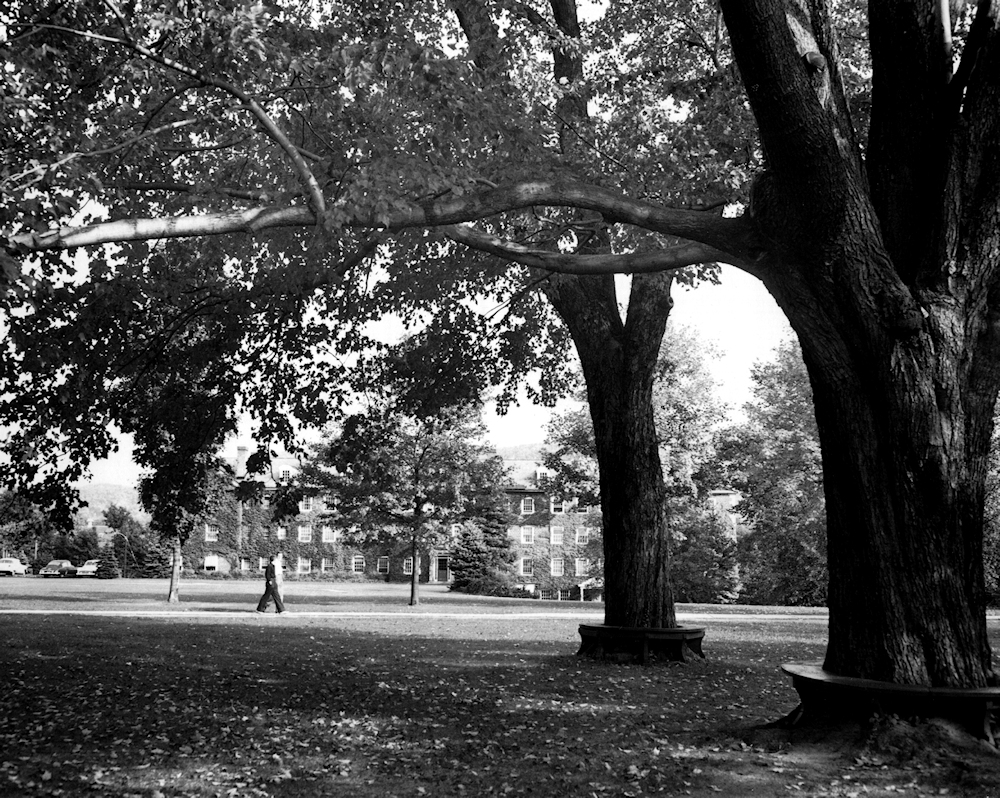
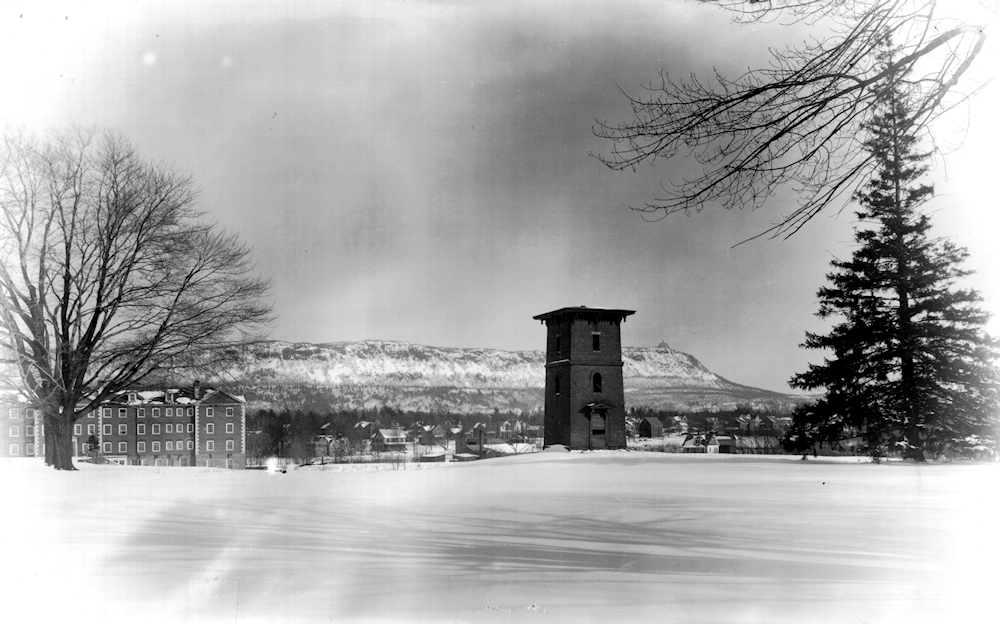
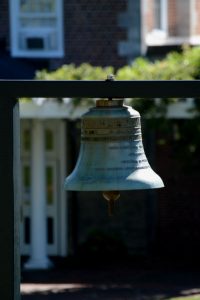 CLANG! CLANG! CLANG! The teacher – we’ll call him Mr. Ford – sprang from his bed and looked out the window, where he could see a shadowy figure ringing the Victory Bell. Mr. Ford threw open the window. “Now cut that out,” he shouted – or words to that effect.
CLANG! CLANG! CLANG! The teacher – we’ll call him Mr. Ford – sprang from his bed and looked out the window, where he could see a shadowy figure ringing the Victory Bell. Mr. Ford threw open the window. “Now cut that out,” he shouted – or words to that effect.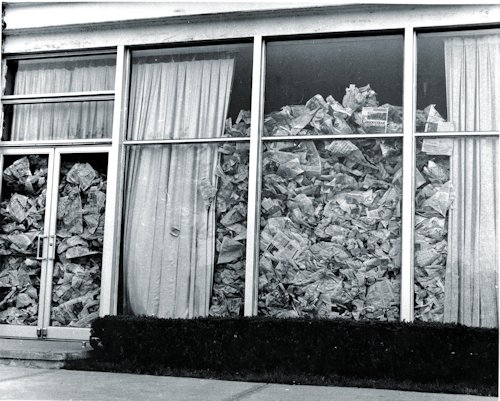
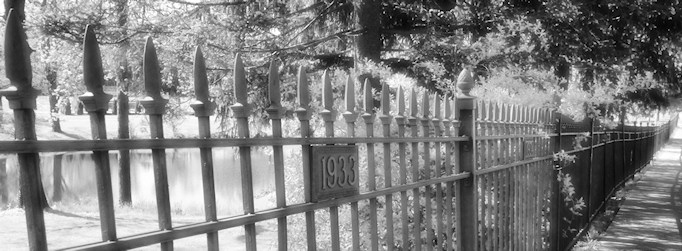
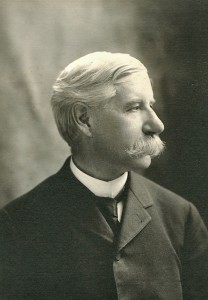
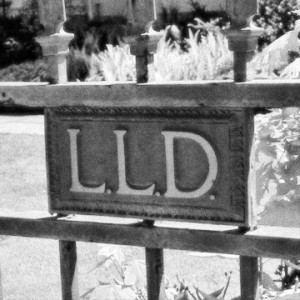 And the mysterious “L.L.D.”? They were one of Williston Seminary’s fraternities. We don’t know much about them; they were a secret society that kept its secrets well. The frats were wisely abolished in 1926-28, but not before the L.L.D. alumni achieved a kind of immortality by pledging and contributing to the fund.
And the mysterious “L.L.D.”? They were one of Williston Seminary’s fraternities. We don’t know much about them; they were a secret society that kept its secrets well. The frats were wisely abolished in 1926-28, but not before the L.L.D. alumni achieved a kind of immortality by pledging and contributing to the fund.